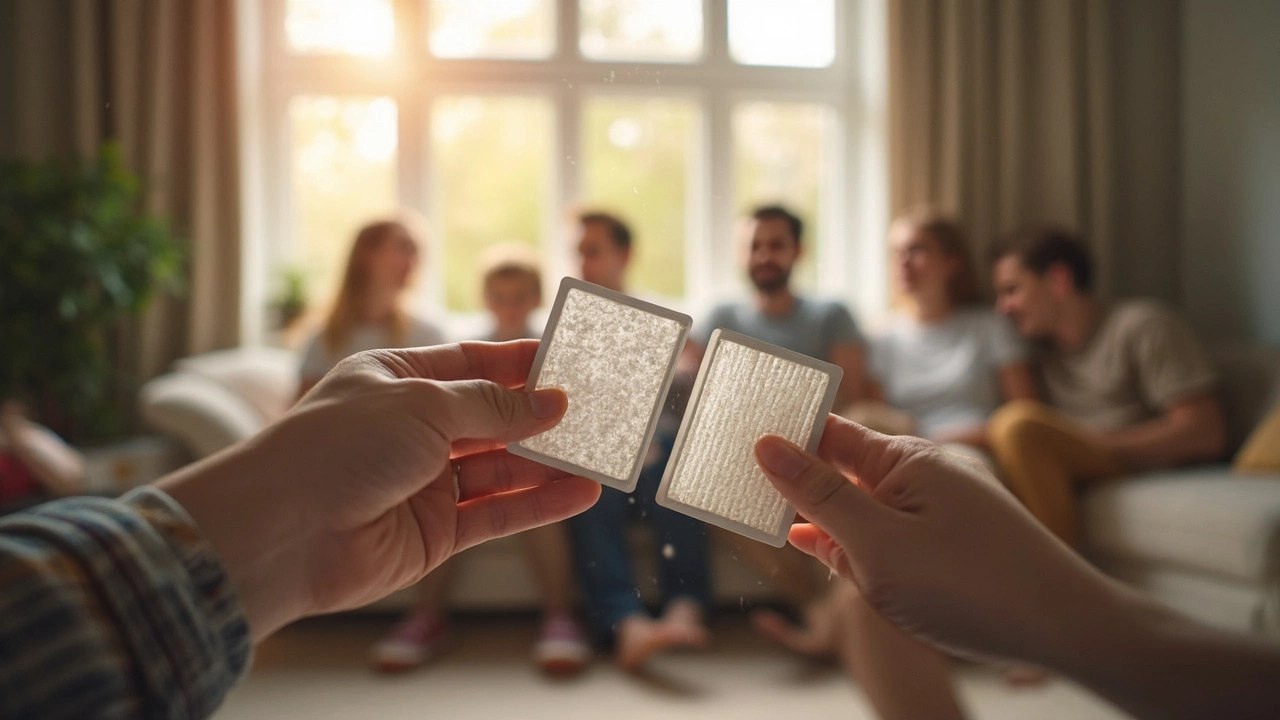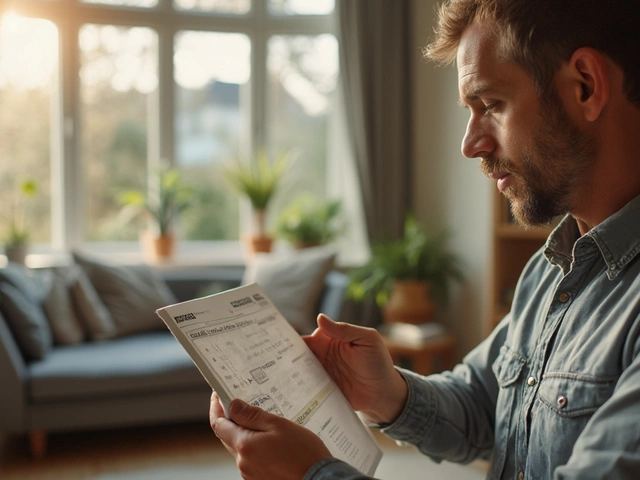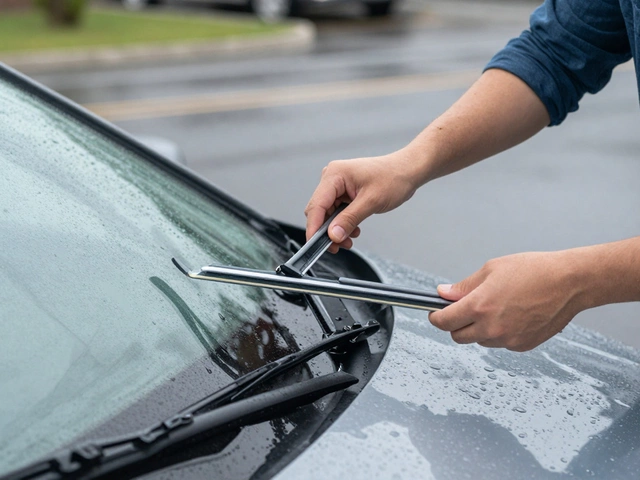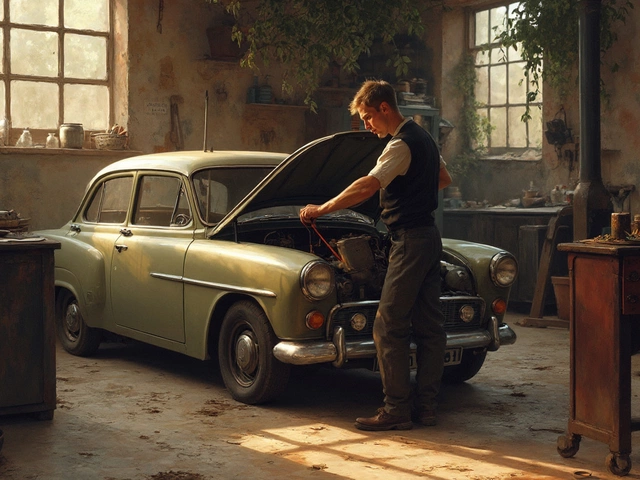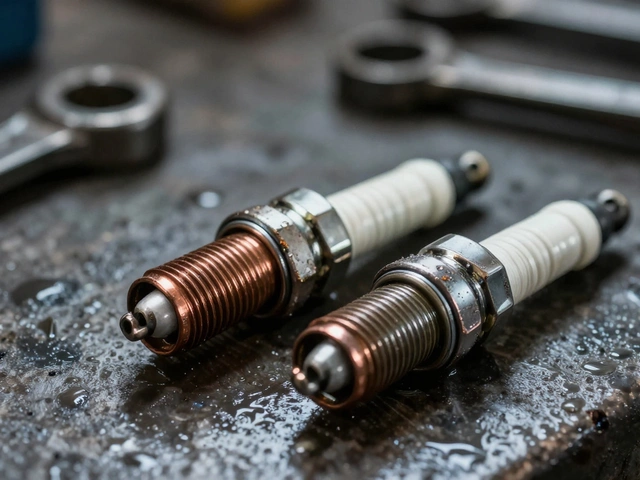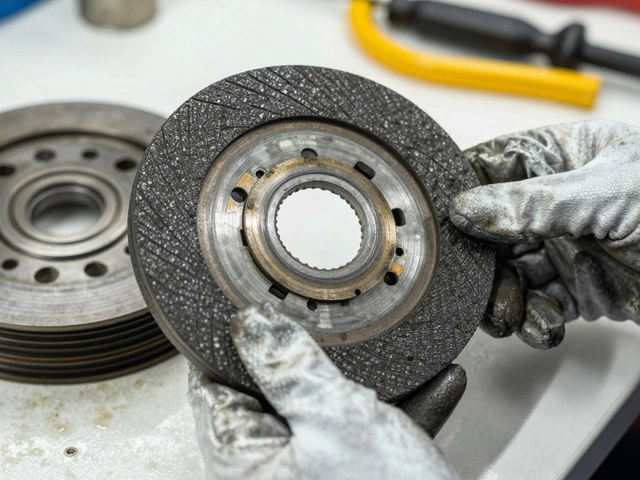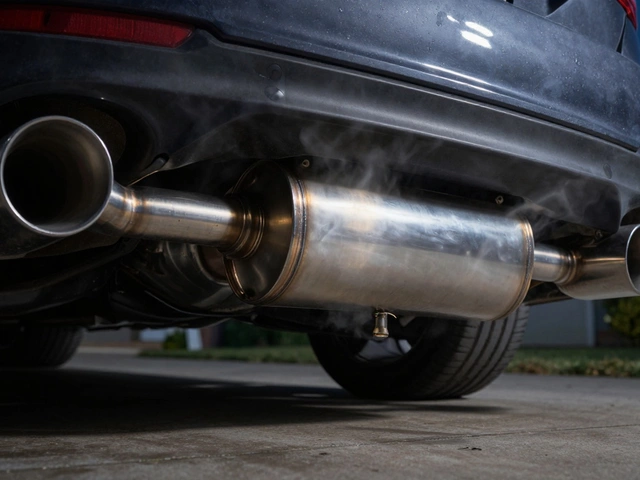If you’ve ever stood in the filter aisle at the hardware store, you know the choice is overwhelming. There’s a glaring price gap—one filter costs five bucks, while the one next to it is pushing thirty. Naturally, you wonder if you’re just paying for fancy branding or if pricier filters actually give you cleaner air at home.
Expensive filters usually promise high-tech materials, better trapping of allergens, and fancy acronyms like HEPA or a sky-high MERV rating. But here’s the thing: in the real world, most people don’t really need to splurge unless they have strong allergies, pets that shed like crazy, or someone at home with asthma. If you’re just looking to keep the dust down and your HVAC system running smooth, cheaper filters often do the trick.
- What Makes an Air Filter Expensive?
- Do You Really Need a Fancy Filter?
- Real-World Performance: Cost vs. Effectiveness
- How to Pick the Right Filter for Your Home
What Makes an Air Filter Expensive?
The price jump between air filters isn’t just random. It comes down to how they're built, what they catch, and how long they last. If you pop open a cheap filter, it’s usually just a simple mesh or pleated paper that grabs the big stuff—like dust bunnies, pet hair, and lint. Pricier filters look almost high-tech, with several tightly-packed layers and sometimes even a metal frame for extra strength.
Most expensive air filters go heavy on their air filters marketing because they use thicker materials, have a higher MERV rating, or even tout that golden HEPA label. MERV stands for Minimum Efficiency Reporting Value, and it tells you how tightly the filter can trap particles. The higher the number, the smaller the stuff it catches—pollen, smoke, even some viruses. For example, a basic MERV 6 or 8 filter just grabs dust and hair, but MERV 13 or higher can even pull out airborne bacteria.
HEPA filters (High-Efficiency Particulate Air) are a whole other level and can trap around 99.97% of particles as tiny as 0.3 microns. No surprise—they cost way more. Some filters add extras like carbon layers that help with odors or VOCs (volatile organic compounds), pushing the price up even more.
Here’s what you’re usually paying for when a filter is expensive:
- High MERV or HEPA rating (traps smaller stuff, better for allergies)
- More layers or denser material
- Extras like activated carbon for odor control
- Better build quality, so it lasts longer
According to the Environmental Protection Agency,
"Filters with higher MERV ratings are more effective at trapping small particles, but they can also reduce airflow if your HVAC system isn’t designed for them."So, if your A/C or furnace isn’t beefy enough, a super thick filter could actually make things worse.
Bottom line: You’re not just paying for a brand name. The cost goes up because of what the filter can actually do—and sometimes, because it claims to do more than you might even need.
Do You Really Need a Fancy Filter?
It’s an easy trap—see “allergen-busting” and “ultra-premium” on the label, and suddenly that $30 filter seems like it’s the only thing standing between your family and a cloud of dust. But unless you’ve got a specific reason (like allergies or breathing issues), most folks are shocked to learn that the basics can do a pretty solid job. Here’s a breakdown of who actually benefits from top-tier filters and who might be fine with a regular one.
- Allergies or Asthma: High-end filters, especially those rated MERV 13 or above, really do grab more small stuff like pollen, pet dander, and even smoke. In homes with allergy sufferers, these can make a noticeable difference.
- Pets: If your dog or cat leaves fur everywhere, a better filter helps clear hair and dander, but so does vacuuming. Don’t skip regular cleaning expecting the filter to work miracles.
- Healthy Adults with No Pets: Here’s the truth—standard MERV 8 filters usually catch plenty of dust and larger particles. You probably won’t notice much day-to-day difference with the pricey stuff, unless you live somewhere with wildfire smoke or lots of pollen.
To give you an idea of how much more these advanced filters can filter, check out this quick comparison:
| Filter Type | MERV Rating | Captures... | Price Range |
|---|---|---|---|
| Basic (Fiberglass) | 1-4 | Large dust, lint | $5–$8 |
| Standard Pleated | 7-8 | Dust, pollen, mold | $10–$15 |
| Premium Pleated | 11-13 | Pet dander, smog, finer particles | $18–$30 |
| HEPA | N/A (usually >16) | Bacteria, smoke, viruses | $30+ |
Keep in mind, a filter that’s too restrictive can make your HVAC system work harder. This means higher power bills and, in some cases, strain on your unit. So before you grab a air filter with the highest number, check your system’s recommendations—usually printed near the filter slot or in the manual.
If you want to play it safe, most families do great with a standard MERV 8 or 11 filter, swapped out every couple months. Save the deluxe filters for high-allergy homes, pet mayhem, or wild weather zones. The rest of us? We’ll probably be just fine breathing easy—and saving a little cash.
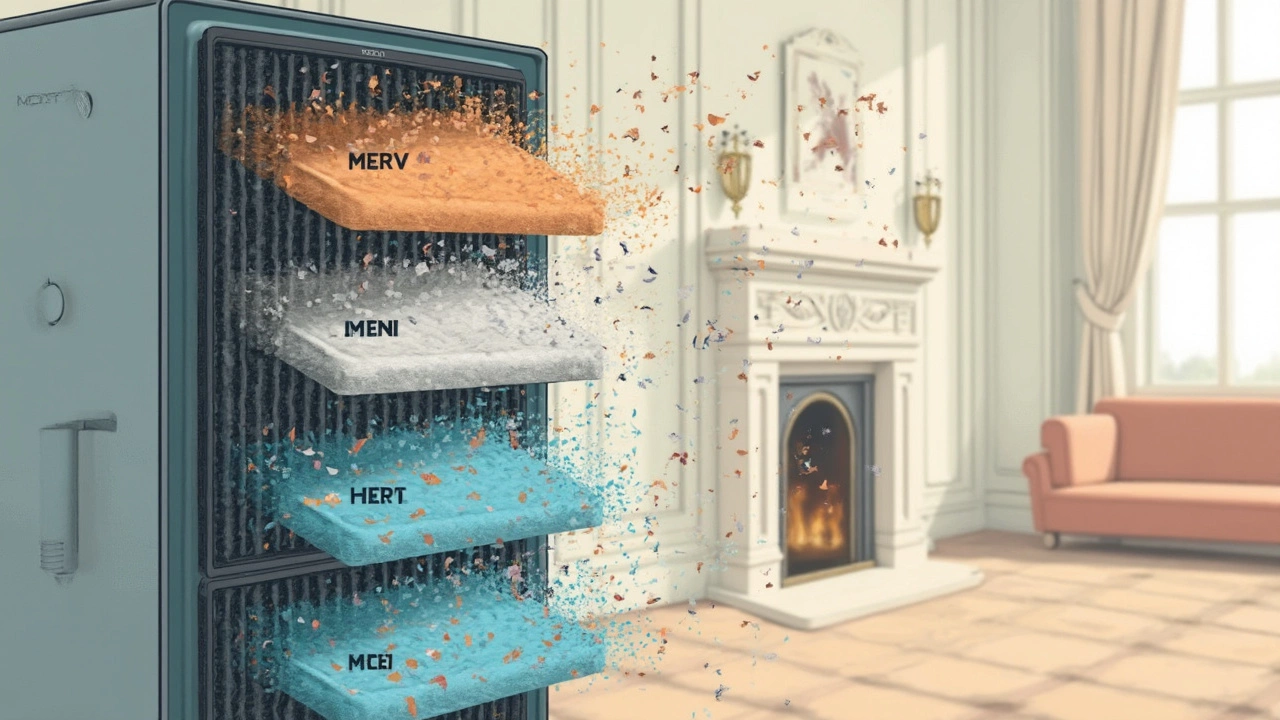
Real-World Performance: Cost vs. Effectiveness
Let’s break down what really matters: does that pricey air filter actually catch more junk, or is it mostly talk? The key is how well a filter traps stuff like dust, pollen, pet dander, and smoke. Most filters come with a MERV rating (Minimum Efficiency Reporting Value), which tells you how well it grabs tiny particles. The higher the number, the better.
Here’s a reality check. Filters rated from MERV 1-4 are pretty basic—they’ll snag large stuff like lint. MERV 8 is the standard for a regular household, clearing out most dust and pollen. If you level up to MERV 11 or 13, the filter can trap smaller things like pet dander and mold spores. HEPA filters are even tougher and catch the tiniest particles, but not every home system can handle one because they restrict airflow more.
Check this out: the EPA says for most homes, a MERV 8-13 filter balances air flow and filtration—meaning, you don’t have to throw tons of money at a air filters just to breathe better. Going higher than that often adds more strain to your blower fan and bumps your energy bill.
| Filter Type | MERV Rating | Particle Size Filtered (microns) | Percentage of Particles Captured | Typical Cost (per filter) |
|---|---|---|---|---|
| Basic Fiberglass | 1-4 | > 10 | Less than 20% | $5-$8 |
| Pleated (Standard Home) | 8-11 | 3-10 | Up to 85% | $10-$20 |
| High-Efficiency (HEPA-style) | 13+ | 0.3-1 | Up to 99.97% | $25-$40 |
If you’ve got allergies, a higher-rated filter may help, but Jareth (my kid) never noticed a life-changing difference when we went from MERV 8 to 13. What did make a difference? Changing the filter on time. No matter what kind you buy, once it’s clogged, it’s barely working anyway.
- Buy based on your home’s needs. Pets, allergies, or smokers in the house? Maybe spring for MERV 11 or 13.
- If your system isn’t built for super-thick filters, stick with what works best for it, or you’ll make the motor work harder—and burn more electricity.
- It’s smarter to replace a cheaper filter regularly than to stretch an expensive one too long.
So, yes, higher-priced filters perform better on paper. But in day-to-day life, going overboard usually just costs more money—and might even mess with your HVAC. The sweet spot? Decent filtration, regular changes, and a filter that matches what your setup can handle.
How to Pick the Right Filter for Your Home
So you’re staring at a wall of options—how do you actually choose an air filter that fits your home? Start with your family’s needs: Does anyone have allergies or asthma? Do you have pets that seem to shed nonstop? Or do you just want to keep your HVAC humming along and the dust bunnies under control?
The numbers on the package matter. That big one you’ll see is the MERV rating (Minimum Efficiency Reporting Value). MERV 8 is standard and blocks most dust, pollen, and lint—good enough for most homes. If you want to trap more stuff like pet dander or mold spores, go for MERV 11 or 13. HEPA filters are the big dogs—they trap 99.97% of annoying tiny particles, but most home systems aren’t built for them unless you’ve got a special setup.
Don’t get sucked in by buzzwords alone. Some expensive filters force your HVAC system to work harder, which means higher electricity bills and more wear-and-tear. Your system’s manual should say the highest MERV rating it can handle. Installing the wrong filter can mess with airflow and actually make your air quality worse.
- Check your system’s specs before buying anything higher than MERV 8.
- Kids at home, or someone with breathing problems? MERV 11 or 13 is usually ideal.
- Pet hair driving you nuts? Look for a filter rated for pet dander.
- Mark on your calendar when to change the filter (usually every 1-3 months).
It’s tempting to just grab the most expensive air filters and assume they’re best, but matching the filter to your home’s actual needs saves you money and hassle. It’s mostly about how sensitive your household is, and what fits your HVAC system without making it work overtime.
